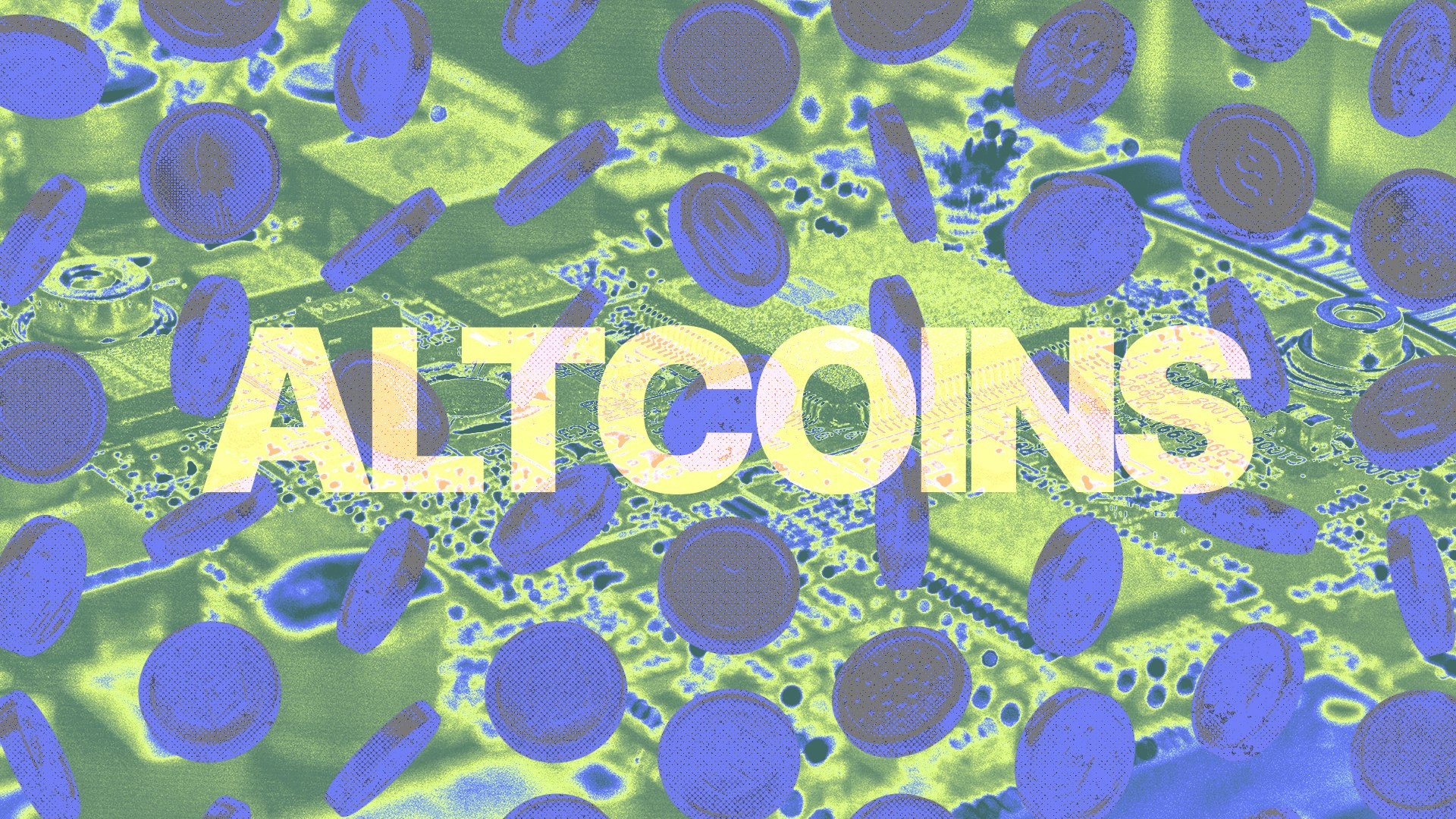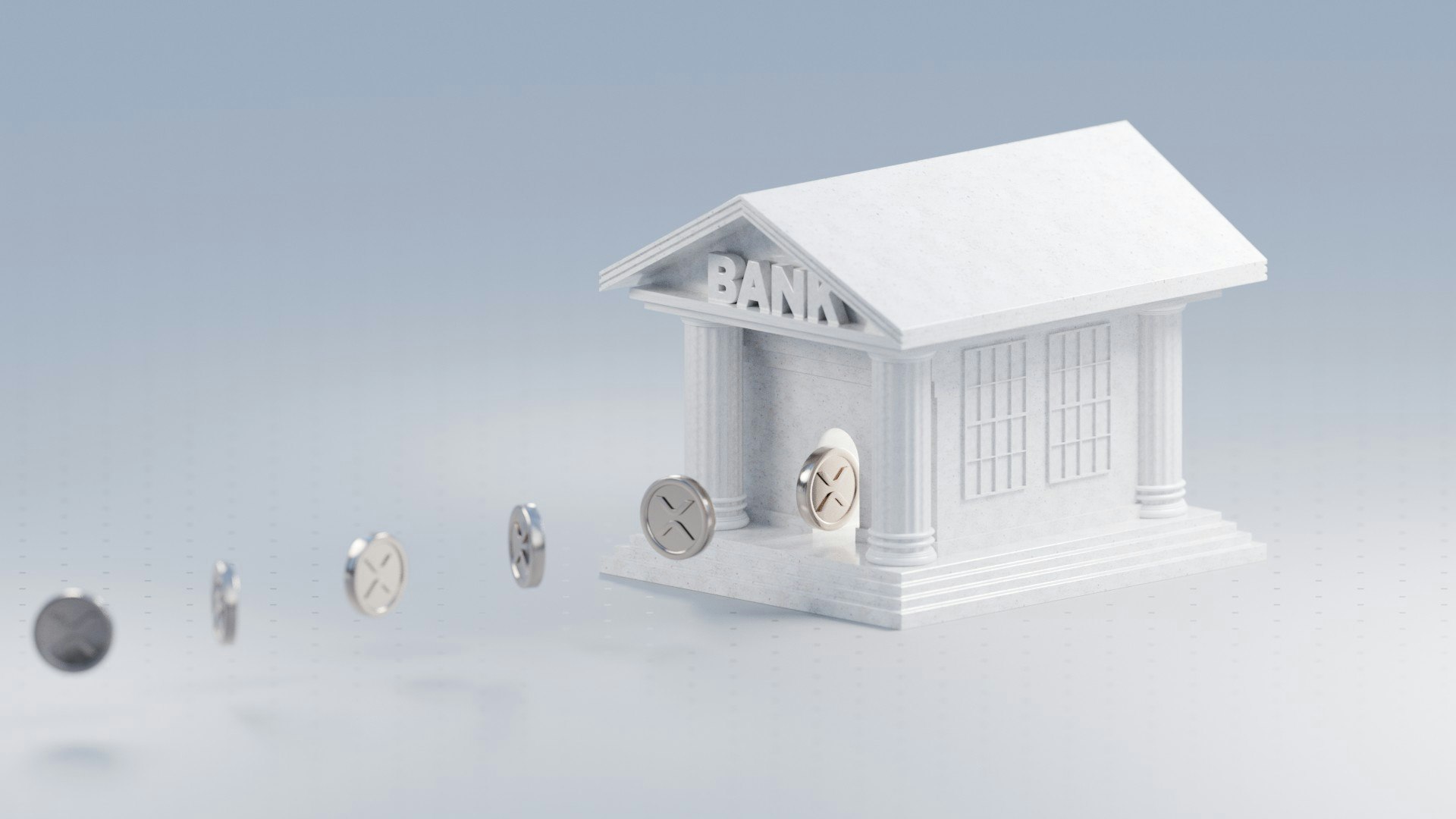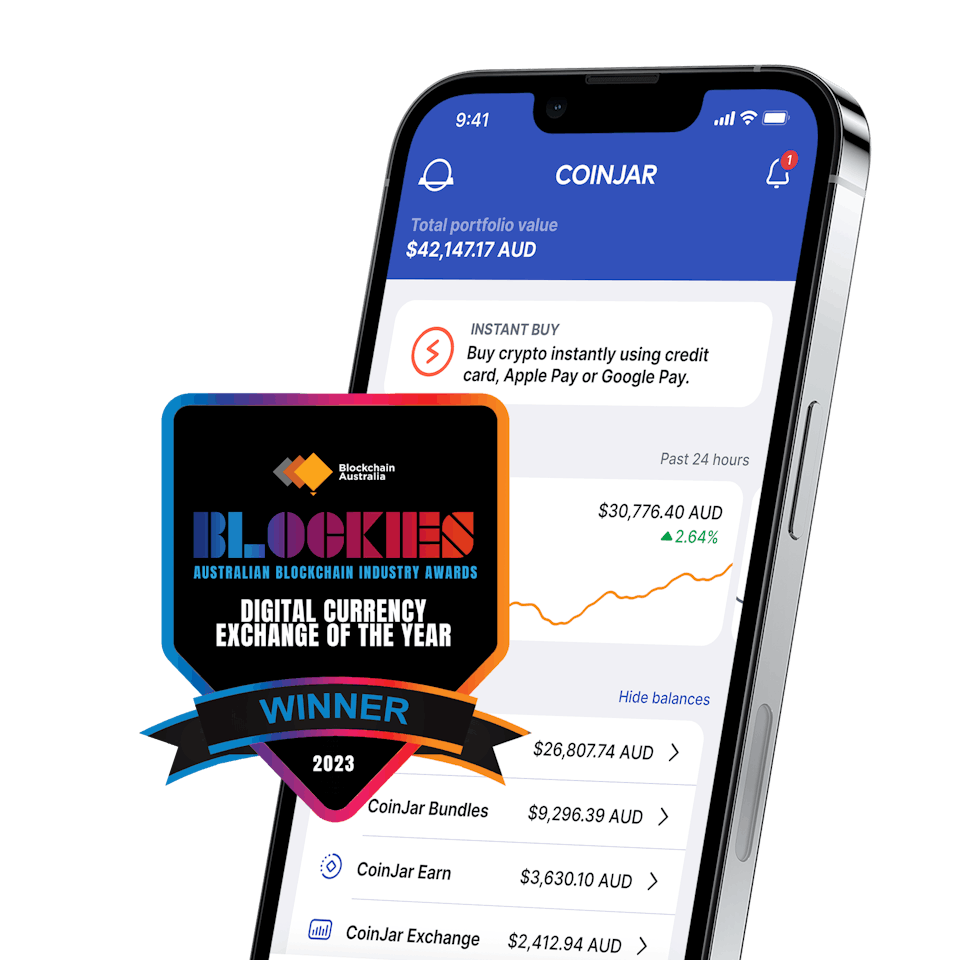Altcoins: What are They and What are They Used For?
The term altcoin is derived from two words: “alternative” and “coin.” It refers to any cryptocurrency other than Bitcoin.
In this article...
- Altcoins are any crypto other than Bitcoin
- Altcoins are spoken about in terms of the "altcoin season"
- Why do investors buy altcoins?

What is an altcoin? What are altcoins for? Here’s a comprehensive guide have been fascinating millions of people since 2009, when Bitcoin was first launched. So what is an altcoin in relation to Bitcoin?
Bitcoin (BTC) is the most well-known among the now tens of thousands of cryptos. However, there’s a whole universe of digital currencies beyond Bitcoin, collectively known as altcoins. In this article, we’ll explain what altcoins are, their purpose, and how they differ from Bitcoin.
What is an altcoin?
The term altcoin is a blend of “alternative” and “coin.” It pretty much means all cryptocurrencies and tokens that are not Bitcoin.
Some people consider Ethereum to be an OG and not an altcoin. But in this article, we are throwing into the altcoins basket.
Altcoins exist on various blockchains, each designed with a different uses in mind.
Types of Altcoins
The crypto market now boasts a mind-boggling array of altcoins. Here are some of them.
Meme coins
Meme coins are often created as a joke or for entertainment. (DOGE), inspired by the popular “Doge” meme, is a prime example. Other examples are and . While these can be started as a joke, they can end up being really valuable and have great communities around them.
Stablecoins
These are cryptocurrencies designed to maintain a stable value. They do this by being paired with other assets, like US dollars.
Take for example, .
USD Coin (USDC) is a cryptocurrency designed to maintain a stable value of one USDC equal to one U.S. dollar.
The company that runs USD Coin keeps one US dollar for every USD Coin issued, so it is said to be “pegged” to the dollar. Some stablecoins have become “unpegged” before, so it’s not a foolproof system all of the time.
USDC became unpegged because 8% of their reserves were held in a bank that .
However it soon resumed its dollar value after initially falling in price.
Utility tokens
A utility token is a crypto token that allows users to do things in a project’s ecosystem. For example, in crypto gaming, many gaming ecosystems rely on utility tokens to empower their in-game economies and interactions.
Utility tokens are pretty much the in-game currency.
Gamers can use them to buy weapons, or vehicles for their avatars. Some gaming platforms issue utility tokens as rewards for achievements or milestones. Players can then use these tokens to unlock new levels within the game.
Tokens can also grant access to exclusive areas or hidden content within the game world.
Privacy coins
These altcoins prioritise anonymity and privacy. Examples are Monero (XMR) and Zcash (ZEC).
Privacy coins allow for anonymous transfer of value. Unlike Bitcoin, where transaction details and wallet balances are visible to the public, privacy coins like Monero hide sender and receiver addresses as well as transaction amounts.
This anonymity ensures that users can send money while remaining 100% anonymous compared to most other blockchains.
With the rise of central bank digital currencies (CBDCs), which allow authorities to monitor transactions 24/7, privacy coins have become a big deal.
CBDCs give governments unprecedented control over users’ financial activities. Privacy coins offer an alternative by preserving the anonymity of financial data, allowing people to bypass increasing governmental surveillance.
Governance tokens
These tokens grant voting rights within a blockchain network. They influence decisions related to protocol upgrades, funding allocation, and other governance matters. (LINK) is an example of a governance token.
Industry-specific coins
Some altcoins cater to specific industries or niches. For example, aims to revolutionise cross-border payments.
Altcoins vs. Bitcoin
Altcoins attempt to address perceived limitations in Bitcoin (and sometimes, Ethereum). For example, altcoins often offer lower transaction fees than Bitcoin. Some altcoins process transactions faster due to different consensus mechanisms.
For example, Stellar (XLM) is known for its incredibly fast blockchain. Payments are verified and settled within seconds, and the average transaction cost is astonishingly low — around 0.00001 Lumen (Stellar’s token), which translates to approximately $0.0000011 per transaction based on Lumen’s
vary depending on demand, however fees can range from under a dollar to US$10.

What is an altcoin: Conclusion
The future of some altcoins looks bright and the cryptocurrency markets remains fascinating to many. As long as their underlying blockchains remain active and continue to evolve, altcoins will persist.
Whether they’ll surpass Bitcoin or carve out their own niches is anyone’s guess. However altcoins like XRP are already being used in the banking industry, and there are no signs of uptake slowing down.
While Bitcoin may be the star of the show, altcoins add colour and depth to the crypto universe.

Which are the top 10 alternative coins?
At the times of writing, the top ten alternative coins in terms of market cap are as follows: Ethereum (ETH), Binance Coin (BNB), XRP (XRP), Cardano (ADA), Dogecoin (DOGE), Polygon (MATIC), Solana (SOL), Polkadot (DOT), Litecoin (LTC), and Shiba Inu (SHIB). Stablecoins are excluded because they are intended to keep a stable price and are not regarded as speculative investments.
Proof of Work vs Proof of Stake vs Proof of Space
Proof-of-Work (PoW) is a consensus mechanism in which decentralized participants, known as miners, must solve complex mathematical puzzles to validate a transaction and add a new block to a blockchain network.
Proof-of-Stake (PoS) is a consensus mechanism in which participants, known as validators, are chosen to validate a transaction and add a new block based on their staked holdings in the associated cryptocurrency network.
Staking is a process in which cryptocurrency holders lock up a portion of their tokens for a set period of time to participate in validating blockchain transactions. The primary distinction between Proof-of-Work and Proof-of-Stake is that Proof-of-Work is more secure than Proof-of-Stake, but it is also slower and more energy-intensive.
Proof-of-space, also called proof-of-space and time (PoSt), is a different way of reaching consensus on a blockchain. This mechanism allows participants to dedicate some of their computer's hard drive space for a set period of time to validate blocks and/or participate in blockchain governance.
By allocating more space on their computer for mining, an individual can increase their chances of solving the complex mathematical problem required to validate a block and receive a mining reward.
Layer-1, Layer-2 and Layer-3 Networks
A Layer-1 blockchain network refers to a base network and its underlying infrastructure, such as Bitcoin or Ethereum.
A Layer-2 blockchain network is a separate blockchain network built on top of the Layer-1 network to speed up and lower the cost of performing transactions on the associated Layer-1 blockchain. Layer-2 solutions include the Bitcoin Lightning Network for Bitcoin and Polygon for Ethereum.
Layer-3 networks constitute an additional layer on top of a Layer-2 network designed to provide additional scalability, privacy, and customization for decentralized applications.
Layer-3 networks include all blockchain-based applications, such as decentralized finance (DeFi) apps and Web3 games.
Frequently Asked Questions
What is altcoin season?
Alternative coin season (also known as altseason) is a period of time when alternative coins outperform Bitcoin. During this time, investors' attention shifts to other tokens and coins with high growth and profit potential. Altcoin season provides traders with an opportunity to diversify their portfolios and potentially earn higher returns.
What is an altcoin?
The world of altcoins offers a diverse range of possibilities beyond Bitcoin. From the Ethereum blockchain, which enables smart contracts, to projects launched through initial coin offerings (ICOs), innovation abounds.
Many altcoins employ consensus mechanisms like called staking, allowing users to participate in network security and earn rewards. Furthermore, some altcoins empower holders voting on proposals, fostering a sense of decentralization absent a central authority.
While Bitcoin remains dominant, altcoins like Bitcoin Cash and others continue to explore new functionalities and use cases, offering alternatives to traditional fiat currencies and pushing the boundaries of blockchain technology.
Blockchain Australia's 2023 Blockies Awards Winner
DIGITAL CURRENCY EXCHANGE OF THE YEAR

Suggested Articles
What is Ethereum? What is ETH Used For?
Ethereum is a decentralised blockchain-based open-source software platform that allows for the development of decentralised applications (dApps).What is Bitcoin (BTC)? What is "Digital Gold" Used For?
What is Bitcoin? It is a digital currency that can be traded, exchanged, and used as a form of payment independent of central banks and governments.What Is Crypto? How do Cryptocurrencies Work?
Crypto has become incredibly popular. But how does this digital currency work? And are there cryptos other than Bitcoin?Browse by topic
CoinJar’s digital currency exchange services are operated by CoinJar Australia Pty Ltd ACN 648 570 807, a registered digital currency exchange provider with AUSTRAC.
CoinJar Card is a prepaid Mastercard issued by EML Payment Solutions Limited ABN 30 131 436 532 AFSL 404131 pursuant to license by Mastercard. CoinJar Australia Pty Ltd is an authorised representative of EML Payment Solutions Limited (AR No 1290193). We recommend you consider the and before making any decision to acquire the product. Mastercard and the circles design are registered trademarks of Mastercard International Incorporated.
Google Pay is a trademark of Google LLC. Apple Pay is a trademark of Apple Inc.
This site is protected by reCAPTCHA and the and apply.